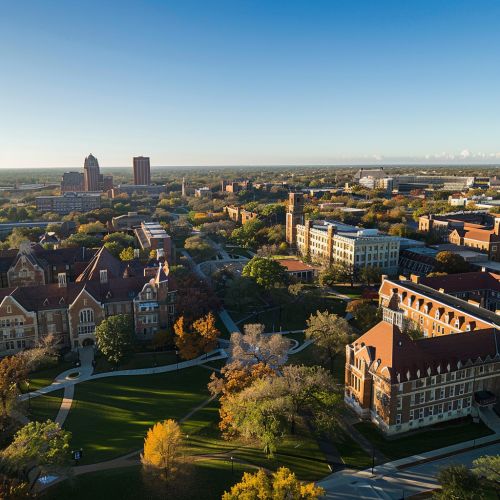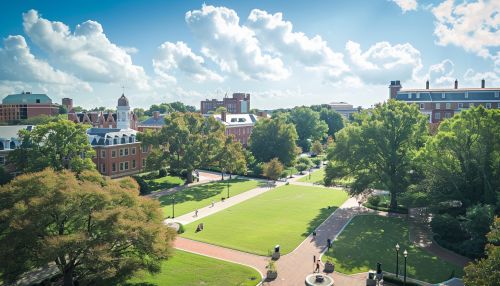University of Berlin
History
The Humboldt University of Berlin was established in 1810, making it one of the oldest universities in Germany. The university was founded by the Prussian king Friedrich Wilhelm III, who was influenced by the educational ideas of Wilhelm von Humboldt, a philosopher, linguist, and government functionary. The university was initially named Universität zu Berlin (University of Berlin), but it was renamed Humboldt-Universität zu Berlin in 1949 in honor of its founder, Wilhelm, and his brother, Alexander von Humboldt, a naturalist and explorer.
Structure and Organization
The Humboldt University of Berlin is divided into nine faculties, which include the Faculty of Law, Faculty of Mathematics and Natural Sciences, Faculty of Life Sciences, Faculty of Medicine, Faculty of Philosophy, Faculty of Humanities and Social Sciences, Faculty of Theology, Faculty of Economics and Business Administration, and the Faculty of Arts and Humanities. Each faculty is further divided into departments and institutes.


Academics
The university offers a wide range of academic programs in various fields. It offers undergraduate, graduate, and doctoral programs. The university is known for its rigorous academic standards and its commitment to research. The university's academic programs are designed to foster critical thinking and independent research. The university also offers a number of interdisciplinary programs that allow students to explore multiple fields of study.
Research
Research at the Humboldt University of Berlin is characterized by its breadth and depth. The university is home to numerous research institutes and centers, and it is a member of the German U15, a network of fifteen major research-intensive and leading medical universities in Germany. The university's research output is consistently ranked among the top in Germany and Europe. The university is particularly known for its research in the fields of humanities, social sciences, and natural sciences.
Campus
The main campus of the Humboldt University of Berlin is located in the Mitte district of Berlin, in the vicinity of the Unter den Linden boulevard, which is one of the most famous streets in Berlin. The campus includes a number of historic buildings, including the main building, which is a landmark of Berlin. The campus also includes modern buildings, libraries, laboratories, and student facilities.
Student Life
Student life at the Humboldt University of Berlin is vibrant and diverse. The university has a large number of student organizations and clubs, which cater to a wide range of interests. The university also offers a variety of services and facilities to its students, including libraries, study rooms, cafeterias, and sports facilities. The university's location in the heart of Berlin also provides students with numerous cultural, recreational, and social opportunities.
Notable Alumni and Faculty
The Humboldt University of Berlin has been associated with a large number of notable individuals throughout its history. Many Nobel laureates, philosophers, sociologists, and scientists have been associated with the university as students, faculty, or researchers. Some of the most notable individuals associated with the university include Albert Einstein, Max Planck, and Karl Marx.
